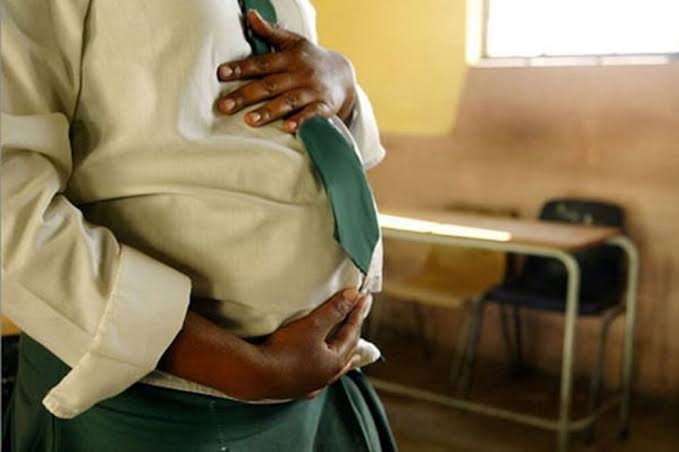NAIROBI, Kenya, Nov 12 – At the height of the COVID-19 pandemic in 2020, Kenyans expressed shock following worrying statistics that thousands of teenage girls had been impregnated during the lockdown, which led to the disruption of the entire academic year.
Though health workers in the country had alluded to a possible increase in the number of teenage pregnancies nationwide, experts refuted claims that the significant rise was solely as a result of the COVID-19 pandemic and a government instituted lockdown in particular.
Insufficient funding for reproductive health services, a lack of comprehensive sex education in school, which is an emotive and controversial subject in Kenya as well as predatory family members were cited as some of the reasons for the increased cases of teenage pregnancies.
As worrying at it was, a new report by the National Council for Population and Development (NCPD) and National Aids Control Council (NACC) has now pointed to other worrying factors such as poverty, cultural and religious practices, parental negligence, and inadequate implementation and enforcement of policies protecting children for the worrying trend.
The organizations called for multi-sectoral approach interventions in combating the exploitation and abuse of teenage girls in particular while protecting the rights of children.
The report, titled Adolescent Pregnancy in Kenya revealed that nine counties including Nairobi, Kajiado, Homa Bay, Meru, Kericho, Narok, Kisii, Mandera, and Bomet collectively recorded 20,803 pregnancies among young girls aged 10 and 14 years. This was 56 percent of the total national tally.
This was between January 2020 and September 2021.
“Adolescent girl pregnancy undermines the achievement of Sustainable Development Goals. It is imperative for the country to embrace a Human-Centered Designs Approach to better address this issue. The community-level role cannot be overemphasized in the fight against teenage pregnancies,” reads a section of the report.
Kenya’s capital Nairobi according to the report topped the list with the highest number of teenage pregnancies between that period amongst girls aged 15 and 19 years.
The report further revealed that adolescent pregnancy puts girls sis women at heightened risk of contracting HIV, STIs, and even Cervical cancer.
Communities have now been urged to end teenage pregnancies by denouncing harmful practices such as child marriages while at the same time provide access to universal friendly quality reproductive health services and information to the youth and adolescents by 2030 as envisaged by the International Conference on Population and Development (ICPD).
In Kenya, the government has promised to ensure the 100 percent transition to school is fully implemented. This is seen as one of the ways to combat teenage pregnancies and protect girls.
Further pledges such as allocation of resources at the national and county level, a roll out of a national campaign that brings together onboard all actors around the 2030 ICPD target and even provision of a public health care system that is responsive and unique to the needs of adolescents have to to be in place for the campaign to be effective, urged stakeholders.
In the report, during the same time period, it is said that 18,004 new HIV infections and 2, 793 AID’s related deaths were recorded among adolescents aged 10-19 years.
“People don’t realize the magnitude that comes with teenage pregnancy. The situation is worsened when this child has to bear the double burden of motherhood and possible sexually transmitted infection including HIV,” said NACC Chief Executive Officer, Ruth Laibon Masha.
Want to send us a story? Contact Shahidi News Tel: +254115512797 (Mobile & WhatsApp)


